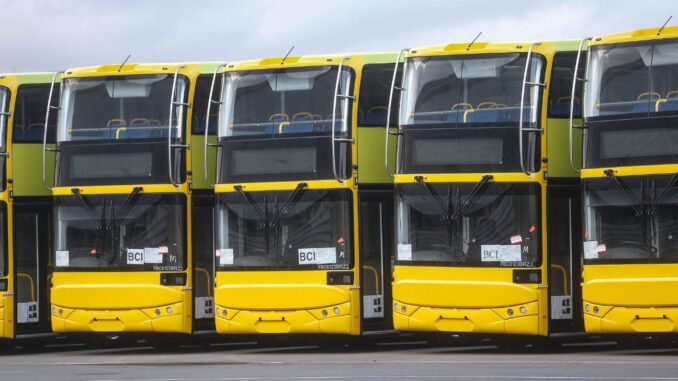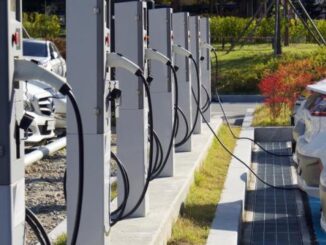
by Dave Rhodes
As a bus driver in Wellington, New Zealand, I’ve observed the local authorities have been changing the way the bus services operate quite significantly over the past decade.
With the last remaining trolley bus service in Oceania, for some extraordinary reason, the local (very green) city council decided to terminate the trolley bus service to be replaced by diesel (initially) and then battery-electric buses.
The last trolley bus ran in late October 2017.
Many questioned the logic behind the closure and it became a topic for the newly elected left-wing labour/green government to consider – who eventually refused to intervene.
Diesels, both single and double-decker dominated initially, but over these intervening years the various bus companies have invested in battery powered vehicles.
I drive both diesel and electric and must say that I still by far prefer the diesel version simply because of their versatility.
Range is an issue, and range anxiety is very real. Driving a diesel and setting out for the day with a full tank of fuel means never having to worry. With an EV, after 60Km (around 40 miles), a recharge is really needed. Having to recharge the bus takes time out of my rest break – I lose at least 10 minutes that I would otherwise spend relaxing with a cuppa and stretching my legs on a fine day.
Different EV’s have different charging characteristics. A good fast-charge vehicle takes around 500amps at 675volts. Around 10 minutes is all it takes to bring one of these up to full charge. Others can only slow charge at around 40amps and take hours!
Currently, the city fathers are busy creating a new charging facility in the centre of town at the railway/bus interchange. When it is completed, at least there will be a chance to top up a fast-charge EV. Not so lucky with the slower ones.
Queuing for a charge is inevitable, so again stress increases when you need to take a bus out on time to meet the rather tight schedules.
One thing I have noted over this time is the ageing of the batteries. Many of the EV buses are 4 years or older, and have already had battery replacements. Some are on their second replacement set. Heaven knows what the cost is for a bank of batteries – both fiscal and environmental. I drove a 2018 model the other day and it had far greater range than I was used to – asked a mechanic and “yes” new batteries!
Of course it’s not just a single battery module as in many EV cars, but rather battery modules stashed wherever they can be squeezed into
Very recently, a new “Airport Express” service has been introduced running exclusively EV single-deck buses. Built in China by Zhengzhou Yutong Bus Co., Ltd, these distinctive buses in pale blue livery operate every 20 minutes between Wellington Station and the Airport.
Apparently, this service is proving very popular with over 100,000 passengers carried since its inception on 1st July, but that’s not hard since the previous diesel-powered “Airport Flyer” was withdrawn 2 years ago. During the intervening period, no public transport serviced Wellington’s International Airport – passengers both to and from had to rely on taxis, shuttles or personal transport options. Not hard then for a bus with no meaningful competition.
Have EV buses been beneficial? Depends on your point of view. From a driver view-point I give them a thumbs down. The extra stress placed on drivers adds to an already stressful job.
Wellington has some unusual and rather unique driving conditions, with many roads designed solely for horse and cart winding their way up through very hilly suburbs. Squeezing a large bus through these streets is bad enough – keeping eyes glued on the state of charge at the same time does not help.
Sorry to any eco-conscious souls out there, but give me plain olde-fashioned diesel very time.



